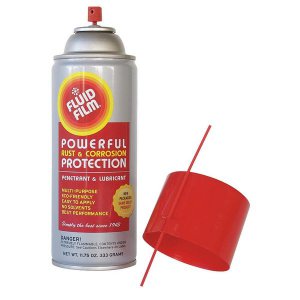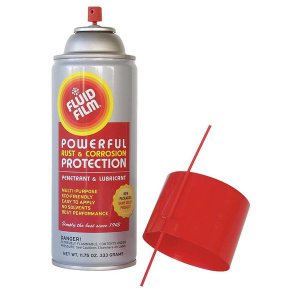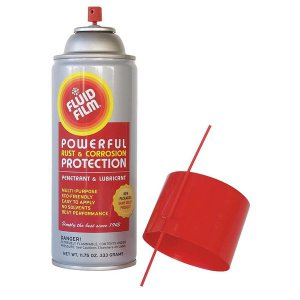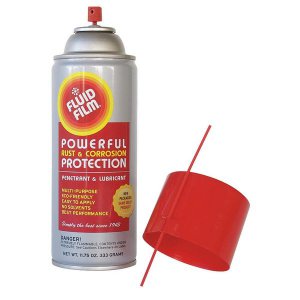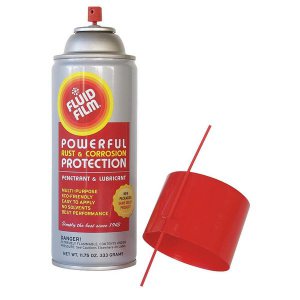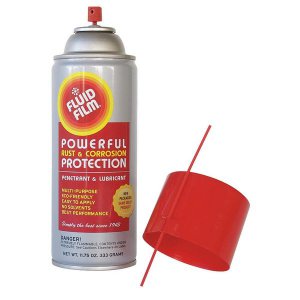- Joined
- Apr 8, 2016
- Messages
- 31
Hello everyone,
Wanted to introduce myself and also had a couple of questions re setting up the Seig X2 mini mill I just bought. Sorry in advance, but this ended up being a little long.
I'm a welder fabricator in the entertainment industry, and I run the metal shop for a scenery and staging company here in Orlando. I do a lot of tig on a lot of aluminum, and I've been itching to learn how to machine stuff for myself--thus, the mini mill. I am also a competitive amateur BMX racer, so I've been practicing welding scrap bicycle tubing as I have an interest in trying to build a frame for the experience of it, and it occurred to me that I could make fixtures to hold down the tubing if I had a mill--thus the REAL reason for the mill, LOL.
I have gotten it unpacked, I made a nice 1-1/2" MDF base for it to bolt to, and that's currently clamped down to a new welding bench I made for the shop. So it's rock solid. I cleaned all the packing grease off it, and wiped down the machined surfaces with mineral spirits as suggested by the operator manual, and then I oiled those surfaces with Mobil 1 synthetic oil, which they also suggested as a good alternative.
I adjusted all the gibs as well, and the next thing I want to do is tram it. Remember, I'm starting from zero experience here with this type of machine, so I want to stumble through every step!
I'm looking for suggestions and recommendations on a few more items, listed below:
1) A decent dial indicator set up that I can mount in the arbor--as well as links to any tutorials on how to do this, LOL. I have never used one before and I understand the theory but am not sure about how to set it up to get the proper reference point, ie, zero
2) A decent set of calipers that won't break the bank
3) Any and all suggestions for keeping this machine rust free that don't include Mobil 1 Oil, lol. As I said, we are in Orlando, and there's humidity in the air even when it doesn't feel like it. Are there any spray lubricants out there, or should I just keep using oil? I was thinking of using paste wax on the table, but obviously can't use that on the column very easily.
I think that's it for now -- I'm very excited by this purchase, and I'm very glad I found this forum. I've been lurking here for a few days, LOL Thanks in advance, and glad to be here!
Wanted to introduce myself and also had a couple of questions re setting up the Seig X2 mini mill I just bought. Sorry in advance, but this ended up being a little long.
I'm a welder fabricator in the entertainment industry, and I run the metal shop for a scenery and staging company here in Orlando. I do a lot of tig on a lot of aluminum, and I've been itching to learn how to machine stuff for myself--thus, the mini mill. I am also a competitive amateur BMX racer, so I've been practicing welding scrap bicycle tubing as I have an interest in trying to build a frame for the experience of it, and it occurred to me that I could make fixtures to hold down the tubing if I had a mill--thus the REAL reason for the mill, LOL.
I have gotten it unpacked, I made a nice 1-1/2" MDF base for it to bolt to, and that's currently clamped down to a new welding bench I made for the shop. So it's rock solid. I cleaned all the packing grease off it, and wiped down the machined surfaces with mineral spirits as suggested by the operator manual, and then I oiled those surfaces with Mobil 1 synthetic oil, which they also suggested as a good alternative.
I adjusted all the gibs as well, and the next thing I want to do is tram it. Remember, I'm starting from zero experience here with this type of machine, so I want to stumble through every step!
I'm looking for suggestions and recommendations on a few more items, listed below:
1) A decent dial indicator set up that I can mount in the arbor--as well as links to any tutorials on how to do this, LOL. I have never used one before and I understand the theory but am not sure about how to set it up to get the proper reference point, ie, zero
2) A decent set of calipers that won't break the bank
3) Any and all suggestions for keeping this machine rust free that don't include Mobil 1 Oil, lol. As I said, we are in Orlando, and there's humidity in the air even when it doesn't feel like it. Are there any spray lubricants out there, or should I just keep using oil? I was thinking of using paste wax on the table, but obviously can't use that on the column very easily.
I think that's it for now -- I'm very excited by this purchase, and I'm very glad I found this forum. I've been lurking here for a few days, LOL Thanks in advance, and glad to be here!


